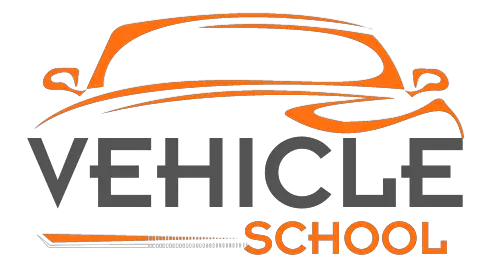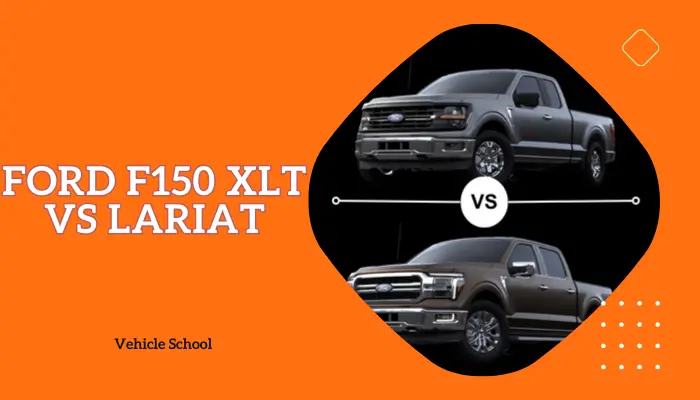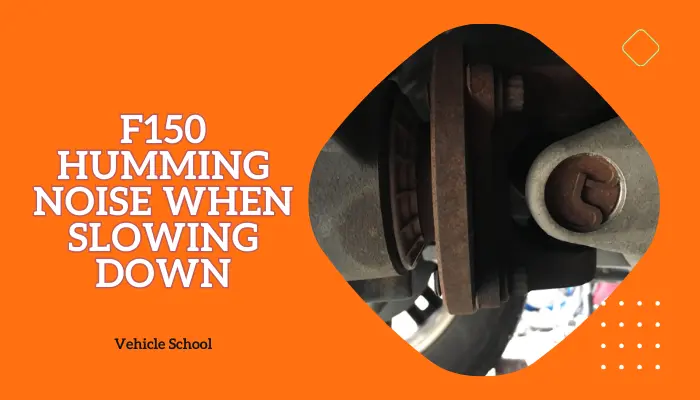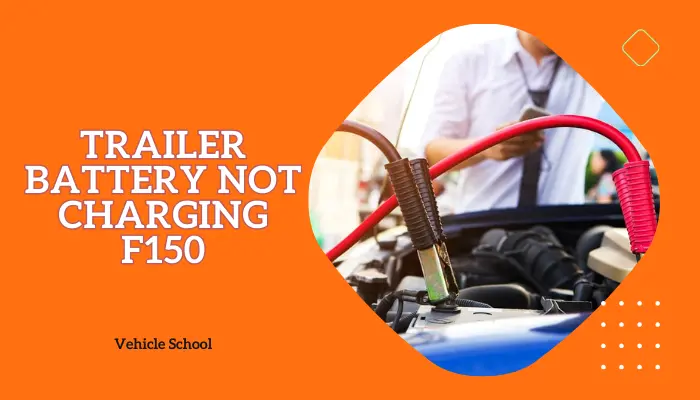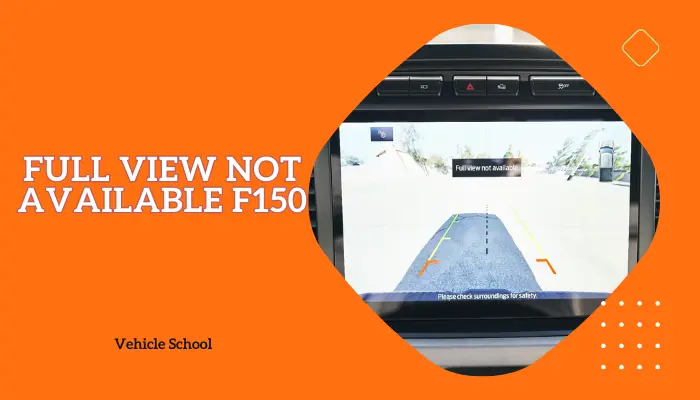The Electronic Locking Differential (ELD) is an advanced differential system used in F150s and Ford F-Series Super Duty trucks.
It’s supposed to make off-roading easier by managing wheel spin. But since it’s a relatively new feature, it’s not the most reliable. I’ve seen plenty of people hitting roadblocks with it and talking about it on forums.
Don’t worry, though, I’ve got solutions to iron out those kinks.
Ford F150 Electronic Locking Differential Problems And Their Solutions
For the most part, you’ll usually run into problems with the rear differential on the rear end. The front diff lockers are a lot more reliable and don’t need repairs often.
As for the problems themselves, sometimes the switch itself breaks, sometimes the other internal mechanisms get jammed completely or sometimes the bearings wear out.

1. Faulty E-Locker / 4×4 Switch
The e-locker switch may malfunction in FX4 F150s and F150 Raptors due to wear from frequent use, leading to micro-arcing and pitting. Engagement of the differential lock exacerbates this issue.
The switch’s sensitivity to temperature and humidity fluctuations contributes to its degradation, hindering the e-locker system’s functionality.
A prevalent indication of this problem is the electronic locking differential becoming stuck or activating autonomously, particularly noticeable in Raptors.
Another symptom is the check engine light flashing eight times approximately 15 seconds after the vehicle is started.
To get around this, you can do a quick fix by unplugging the nearby plug near the rear differential.
You can try this to be able to use the E-Locker for a while until you can replace it.
- Start your truck and press the switch to disengage the 4×2 Locker light.
- Hold the switch for 10–15 seconds to ensure it stays disengaged.
- Turn off your truck.
- Find the 4×4 E-Locker module fuse in the owner’s manual (usually fuse 68, 25 amps).
- Open the hood and locate the fuse box.
- Remove the 4×4 Locker fuse.
- Test your truck.
Note: A warning might appear with a wrench icon and a “Check 4×4” alert, but it’s safe to drive until you replace the switch.
Driving with a locked differential might use up a bit more gas since it’s tougher for the truck to move, but it shouldn’t totally mess up how it handles.
Replacing The Switch To Fix It Permanently
The Ford F150 electronic locking differential switch replacement process isn’t too hard- it’s best to get it done ASAP, even if you can drive.
To start with, you should get a replacement switch – you can find those on eBay or Amazon.
- Access the switch:
- Method 1 (Hardest): Remove the console by unscrewing the lower assembly screw and top panel screws. Then, press the three tabs on the back of the switch to pull it out.
- Method 2 (Easier without trailer brakes): Reach under the accelerator pedal through the dash to release tabs and remove the switch.
- Method 3 (Suggested): Break off the end of the switch (if the part is still attached) to expose three tabs. Apply outward pressure to release each tab.
- Once the tabs are free, the switch will come out. Disconnect the connector at the back.
- Get the new Ford differential switch and connect the back connector.
- Snap the new switch into place securely.
- Test the 4×4 switch to ensure it’s working and check for any loose connections.
That’s all! You’ve replaced the 4×4 switch in your Ford truck.
Remember to be extra careful if you’re trying method 3, as the screwdriver can easily gouge out the dash.
2. Jammed E-Locker Internals
If the differential lock seems stuck on, it’s also possible that it’s not letting go of both rear axles like it should when the coil is supposed to turn off.
This can happen because there’s not enough lubrication, making things stick, or maybe during a recent build they put things together too tightly, not leaving enough wiggle room.
The differential needs all its parts-like side gears, pinion gears, and clutch packs—to work smoothly together. If any of these get jammed or broken, the lock won’t budge.
However, if you keep driving like this, it could start making weird noises and wear things out faster.
Nothing you can do for this one. The best bet is to take it to a repair shop. They’ll need to disassemble and reassemble the bearings and gears with special tools, check for damage, make repairs, and preload them.
3. Worn Out Bearings
You may notice a howling noise around 40 mph during light acceleration, which diminishes when you release the gas but returns upon acceleration.
This noise can vary with slight adjustments to the gas pedal due to bearing wear in the differential system, typically the rear differential, caused by prolonged high-speed driving or carrying heavy loads.
Initially, a faint humming noise in your f150 may be detected during turns, escalating to louder clunking as bearing deterioration progresses.
This occurs because worn bearings result in poor gear meshing, generating noise and occasionally vibrations.
Ignoring these indicators can worsen the damage, resulting in differential breaking down completely.
Replace The Bearings To Fix This
Doing this should take you around an hour and a half.
Tools you’ll need: Pry bar, Sockets, Gasket scraper, Bearing separator and Two-jaw puller.
Here are the steps to follow:
- Take off the wheels, brakes, axles, and driveshaft to reach the differential.
- Remove the bolts, cover, and drain the fluid from the differential.
- Check the bearings and races, and use tools to take out the old bearings.
- Look at the pinion gear and bearings for any signs of wear or damage.
- Put the new bearings and races on the differential housing and pinion gear.
- Put back the differential housing, making sure everything is aligned and tightened correctly.
- Tighten the pinion nut just right to set the preload, so the gear turns smoothly.
- Check the gear backlash to make sure there’s enough space between the gears.
- Use a substance like Prussian blue to check if the gears are meshing properly.
- Put back the axles, brakes, wheels, and drive shaft.
- Fill up the differential with oil, and check for leaks or strange noises.
The bearings are just the first step, though. You’ll have to look through a lot of other parts, and that’s going to take a considerable amount of research.
Here are some relevant videos to get you started. The first one is a visual demonstration of the method I mentioned above.
FAQs
How to tell if your F150 has a locking differential?
Look at the knob for your four-wheel drive options and see if there’s a symbol on the side that looks like all four wheels connected lines with a “PULL” text under it. If you see that symbol, it means your f150 truck has one.
How to turn off the electronic locking differential in your F150?
To turn off the ELD in your Ford F150, just hit the button for it on your dashboard. Once you press it, the ELD will switch off, and if you start driving faster than 25 miles per hour, it’ll go into standby mode, which you’ll see with a gray icon. If the ELD is doing its job and giving you maximum traction, the icon will turn amber.
Final Thoughts
I’ve laid out the solutions to fix those Electronic Locking Differential (ELD) issues in your Ford F150.
Fingers crossed, these tips help smooth out your rides and bring back the fun in your adventures.
Go on and give those fixes a try so you can enjoy better quality time off the beaten path.
